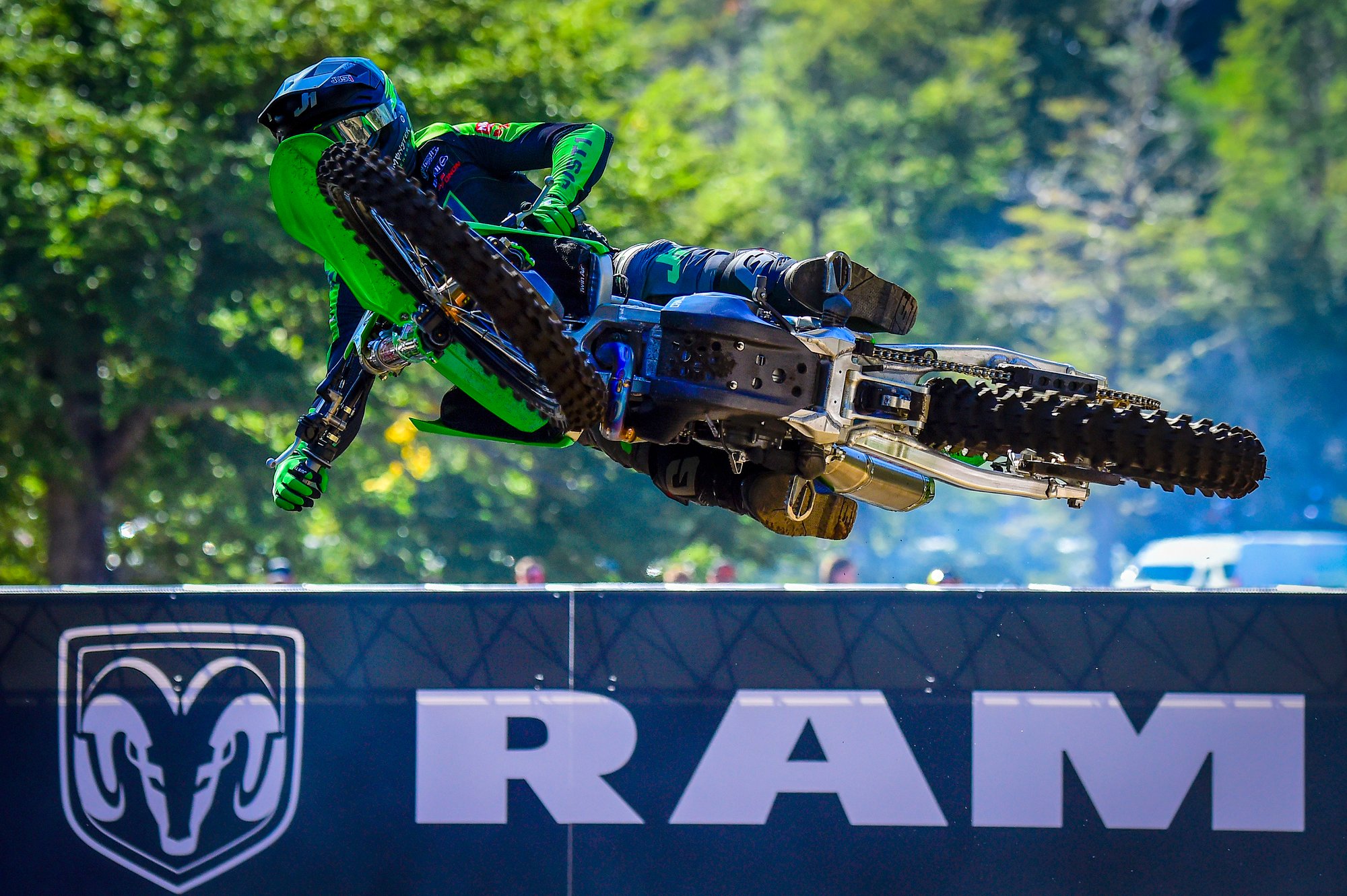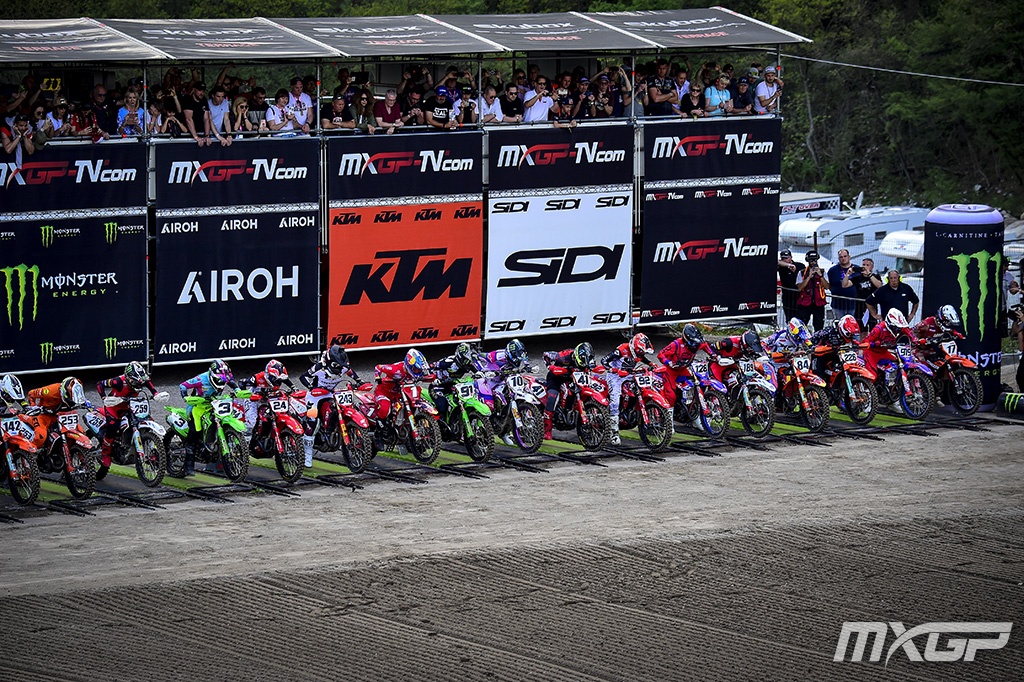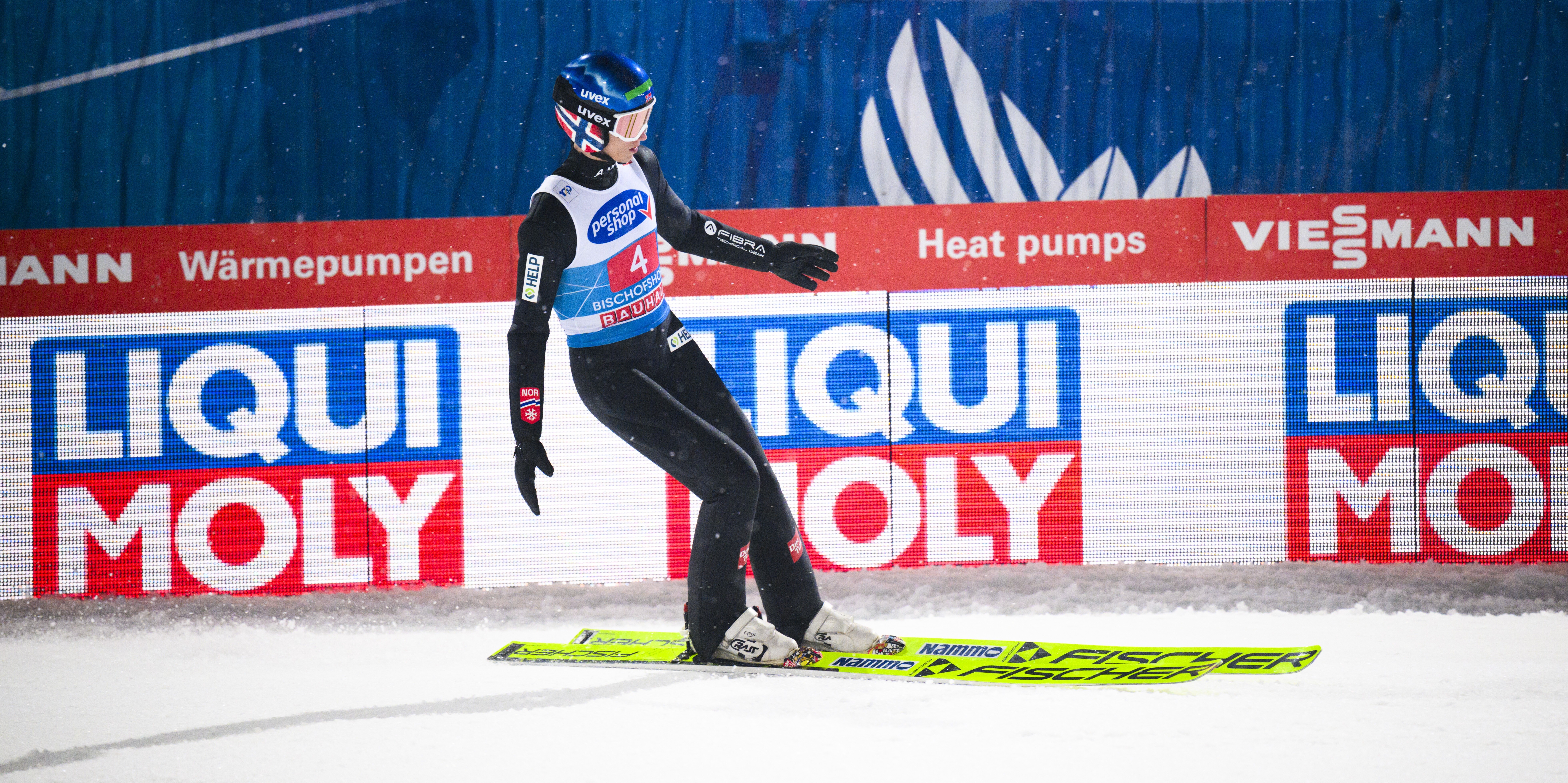Apart from what you need to comply with, do you take further measures to address social and environmental concerns associated with motocross sport?
Together with KTM Group, one of the manufacturers that participate in the MXGP World Championship, we launched an electric motocross championship for kids between six- and eight-year-olds two years ago. I believe, this is a great product, and it targets the perfect age group to educate on what might be one of the future options of motorsport. The kids are racing in front of 40,000 spectators on the Grand Prix weekend, which is a fantastic experience for them. For decades, we’ve planted trees in the paddock where we have the possibility and we have applied a very strong and strict management of wasted and used oils and water for the professionals in the paddock. But I would say that this is linked to motorsports for years now. Compared to many other sports, motorsports organisers and promotors are very advanced regarding the management of waste material.
Where do you see the biggest opportunity to make motocross and motocross events more sustainable?
We would like to replace our generators to battery or more efficient systems once the technology allows. The problem is that we organize Grand Prix in remote places most of the time, where we are far away from big infrastructures. We cannot easily plug our electricity system on green energy. Once the battery systems and related technologies are smaller, easier to transport and more efficient, this will have a big impact on our footprint. We are working also with fuel manufacturers to develop the e-fuel to be ready in the upcoming years. This will have a big impact on our lives as it will decarbonate the fuel, currently the greatest target of the mobility world. Again, all the progress here comes from motorsports and its stakeholders.








.png)